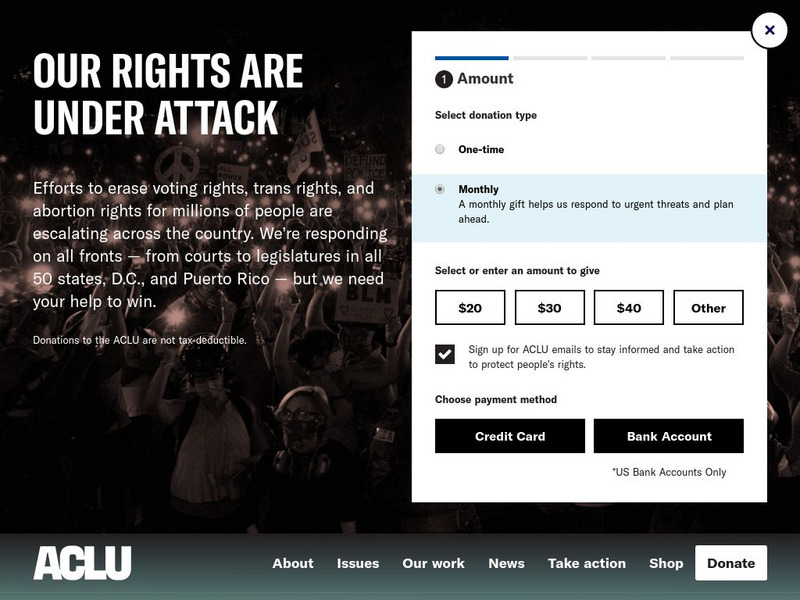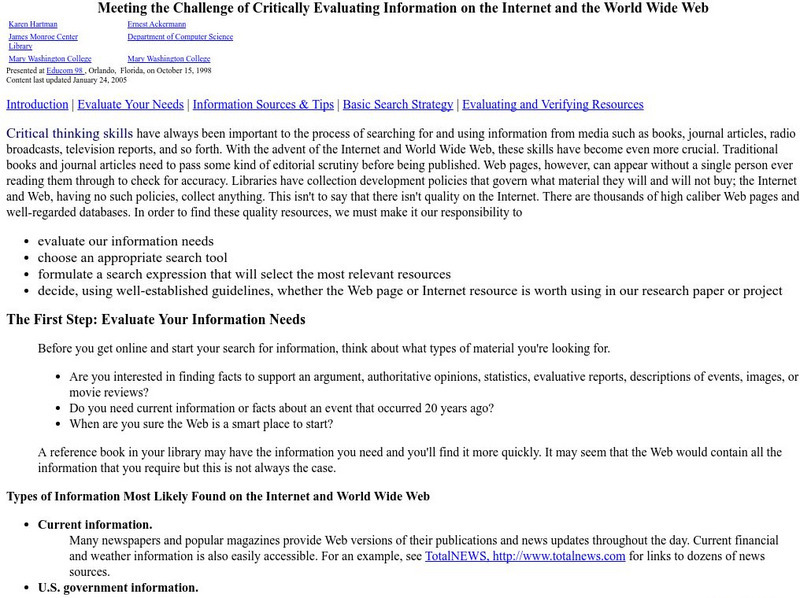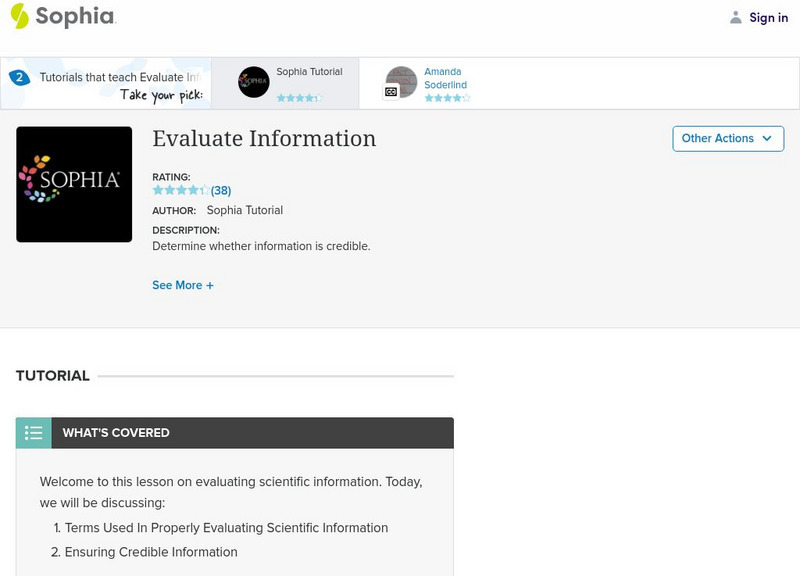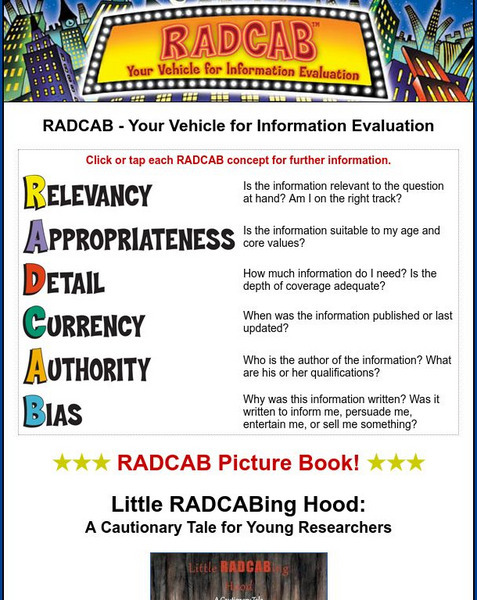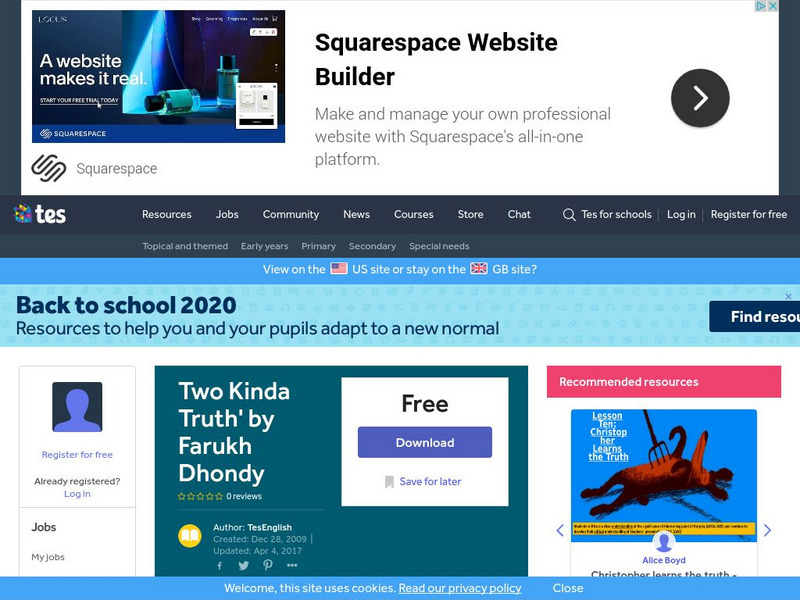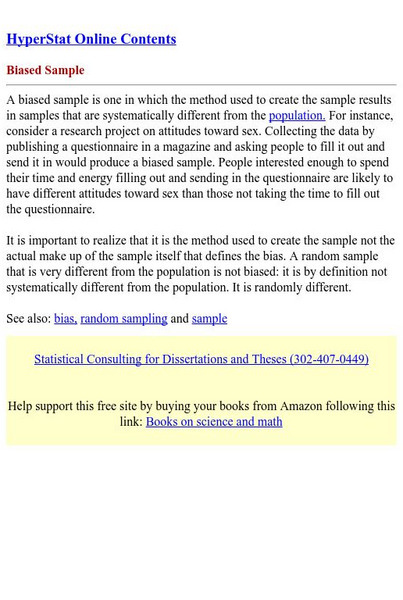Other
Aclu: American Civil Liberties Union
Official home of the American Civil Liberties Union (ACLU). Learn about American news, what's going on with the Supreme Court and new legislation, and more at this online interest group.
Sophia Learning
Sophia: Bias
Notes introducing bias and demonstrating how to identify slight, moderate, and strong bias in a text. Notes can be both read and listened to.
Media Smarts
The Media Awareness Network: Bias
Slant, or bias, can be found in virtually every news outlet. Use this online lesson plan to help students understand how word choices and other factors can intentionally or unintentionally affect the audience's understanding.
Other
Webliminal: Critically Evaluating Information on the Internet
This site gives excellent information on why it's important to evaluate the content of everything you find in cyberspace, and also tells you how to do so. It also contains information about using search engines effectively and how to...
University of North Carolina
University of North Carolina Writing Center Handouts: Gender Inclusive Language
This handout helps students understand both the need for gender-sensitive language in their writing, and ways to change their writing to make sure that it is gender-sensitive or gender-neutral.
Other
Media Activist's Kit for Fairness in Reporting
This site offers the whole package about bias in reporting: what it is, how to identify the source, how to complain about it and be heard, and what to do if all else fails. The site offers an extensive reading list along with detailed...
Other
Anti Discrimination Committee: What Teachers Can Do
This site lists ways to combat bias and stereotypes of Arabs and Arab Americans in the curricula or with students of all ages. Includes a brief bibliography of suggested works on multicultural education.
TED Talks
Ted: Ted Ed: How to Spot a Misleading Graph
There are plenty of ways graphs can mislead and outright manipulate. Lea Gaslowitz shares some things to look out for.
Sophia Learning
Sophia: Evaluate Information
Provides an overview of how to evaluate and make judgments about scientific information.
Other
Radcab: Your Vehicle for Information Evaluation
How do you know you are using a trustworthy source when writing a research paper? Use this acronym for easy questions to ask yourself to make sure you have a reliable source. Click on each one for further details.
University of Regina (Canada)
University of Regina: Math Central: Bias or No Bias?
Students analyze the types of biases in surveys and how they affect the outcomes. A downloadable version of the activity and a survey activity are included. This lesson is from a group of lessons that uses "Census at School" data.
Alabama Learning Exchange
Alex: Website Evaluation
Utilizing a graphic organizer, students work individually and in groups to rank websites according to specific criteria.
iCivics
I Civics: Propaganda: What's the Message?
Students will learn what propaganda is and how it uses different techniques to sway public opinion by looking at examples of advertisements and campaigns used by governments and private businesses.
Sophia Learning
Sophia: Bias: Lesson 4
This lesson will explore bias in studies. It is 4 of 5 in the series titled "Bias."A short video tutorial in addition to questions to determine mastery of the skill.
TES Global
Tes: Two Kinda Truth' by Farukh Dhondy
[Free Registration/Login Required] This site provides comprehension and theme-related activities to accompany Farukh Dhondy's short piece "Two Kinda Truth." False stereotypes and evidence of racism will be discussed in the activity.
Sophia Learning
Sophia: Identifying Bias
This lesson explains how to identify an author's bias. This tutorial lesson shares a short slideshow with the lesson's content. An additional link is also provided to supplement this lesson on bias.
Rice University
Hyper Stat Online Statistics Textbook: Biased Sample
This site provides a definition for what biased sampling is and gives an example of a situation in which biased sampling may occur.
McGraw Hill
Glencoe: Recognizing Propaganda: Loaded Language
Lesson plan designed for consumer health class, that is also useful for media literacy. Contains a link to an ad for an abdominal strengthening machine that provides the basis of the lesson plan. SL.9-10.2 eval & integrate sources
Math Is Fun
Math Is Fun: Accuracy and Precision
The difference between accuracy and precision is explained, with a precautionary note about being aware of possible bias in the measuring instrument.
Sophia Learning
Sophia: Critiquing a Source
This lesson goes over how to critique a research source for reliability. W.11-12.8 Sources/Integrate/Cite
Curated OER
Educational Technology Clearinghouse: Clip Art Etc: Bias
Bias, one of the seven sages of Greece; a native of Priene, an Ionia; celebrated for his practical knowledge and strict regard to justice. He flourished about 550 B.C., and died at a very advanced age.


